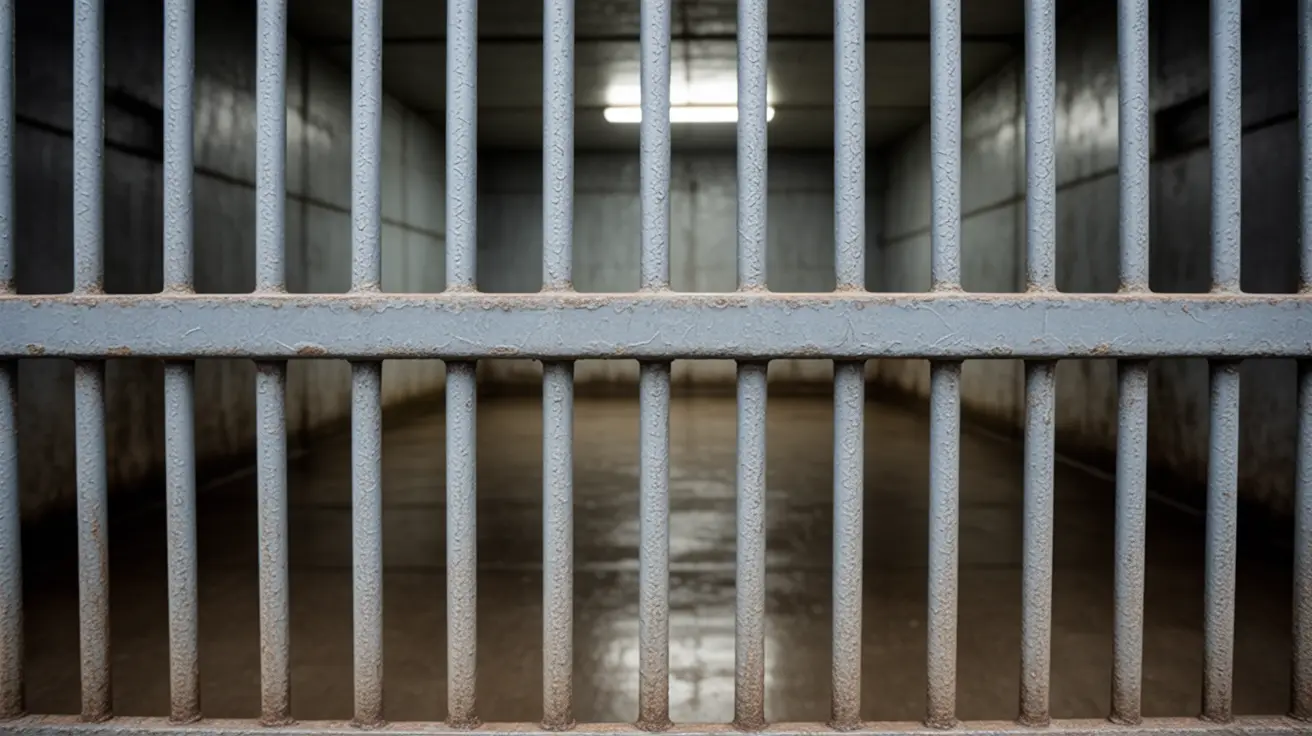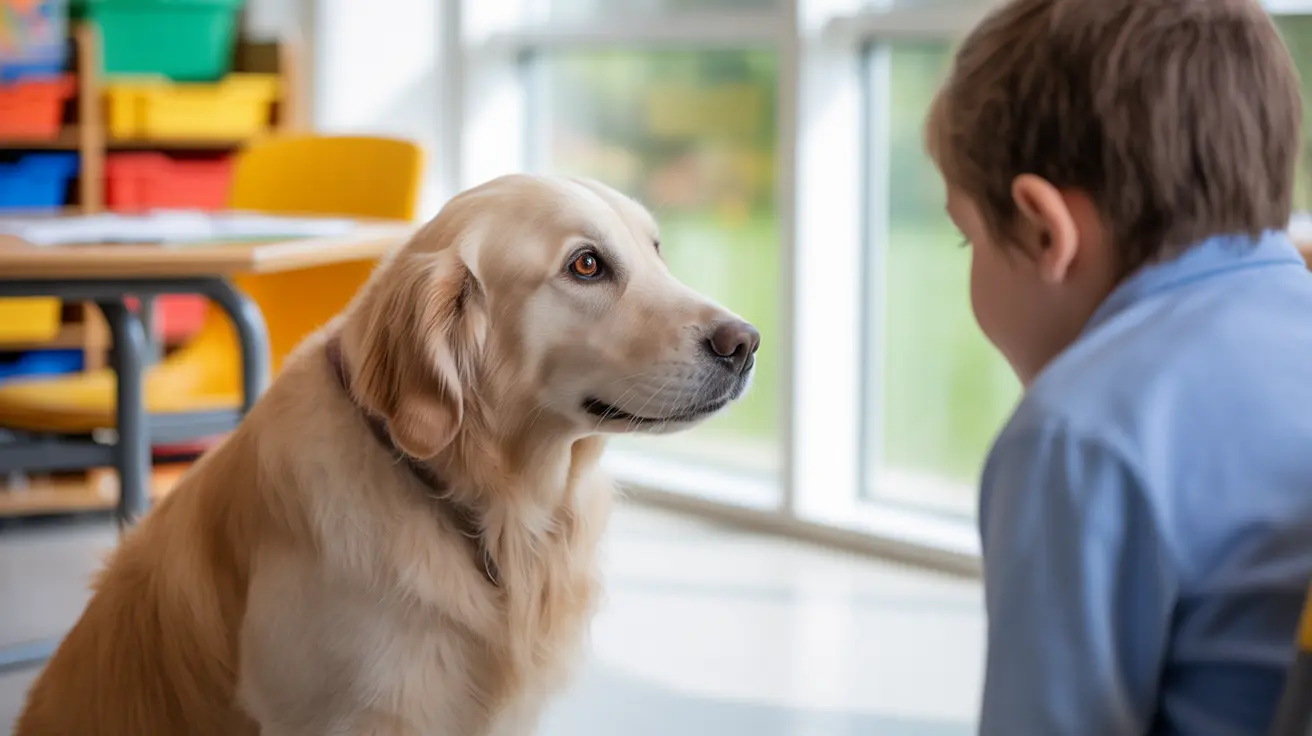The Most Unhealthy Foods for Dogs: What to Avoid
Keeping your furry companion safe and healthy involves making smart dietary choices. While some human foods can be shared with dogs occasionally, others can be hazardous or even deadly. One of the most dangerous—and surprisingly common—foods dogs should never eat is
raw bread dough made with yeast. However, it’s not the only item to avoid. Here's a comprehensive look at the most unhealthy foods for dogs and how to protect your pet.
1. Raw Bread Dough with Yeast
Why it’s dangerous: When dogs ingest raw bread dough, the yeast continues to ferment in their warm stomach, producing gas and alcohol. This can lead to a condition called
gastric dilatation-volvulus (bloat), or alcohol toxicosis—both are emergencies.
Symptoms of toxicity include:
- Abdominal swelling and discomfort
- Vomiting
- Uncoordinated movements
- Depression
- Weakness or collapse
- Hypothermia
- Seizures or coma
If you suspect your dog has eaten raw dough,
contact a veterinarian immediately.
2. Breads with Toxic Ingredients
While plain white or whole wheat bread in small amounts is not harmful for most dogs, many types of bread contain ingredients that can be toxic:
- Raisins or grapes – Can cause kidney failure
- Garlic and onions – Harm red blood cells
- Chocolate – Contains theobromine, which is toxic
- Macadamia Nuts – Highly toxic to dogs
- Xylitol – An artificial sweetener that causes insulin release and liver failure
Always read the label before offering bread as a treat, and
opt for plain, unflavored bread without any additives.
3. Moldy Bread
Any type of
moldy food can be dangerous to dogs. Moldy bread may contain
mycotoxins that can lead to tremors, seizures, or even death. Always discard old bread safely where pets cannot access it.
4. Seeded, Sweetened, or Spiced Bread
Breads like multigrain, banana, pumpkin, garlic, and cinnamon often contain ingredients or spices that can be hazardous. Also, seeds like poppy or caraway may be problematic.
Better alternatives:
- Plain white or whole wheat bread (in small quantities)
- Dog-safe fruits and vegetables
- Lean meats without seasoning
5. Butter and Peanut Butter on Bread
While neither is toxic in very small amounts,
butter is high in fat and can cause digestive issues or pancreatitis in dogs. Peanut butter is only safe if it’s
xylitol-free, unsalted, and additive-free.
6. Dangerous Baked Goods
Avoid all types of cookies, cakes, or pastries that may contain chocolate, raisins, nuts, or sweeteners. These are not only rich in fat and sugar but often include harmful ingredients.
7. Bread Consumption Guidelines for Dogs
If you choose to give your dog bread, ensure it:
- Is plain and fully cooked
- Does not contain nuts, seeds, fruit, or flavorings
- Makes up less than 10% of their daily caloric intake
- Is given as an occasional treat only
Serving size tips:
- Small dogs: one small cube of plain bread
- Large dogs: one small plain slice occasionally
Symptoms to Watch for After Eating Bread
While rare, some dogs may experience mild to severe symptoms after consuming bread:
- Vomiting or diarrhea
- Stomach upset
- Allergic reactions such as itching or swelling
In any case, discontinue the food and consult a veterinarian.
Safe Practices
- Check ingredients carefully before feeding bread
- Never give unbaked dough to dogs
- Watch for signs of food sensitivities or allergies
- Consult a vet before introducing new treats
Conclusion
Bread dough made with yeast stands out as the single most unhealthy food for dogs due to its potential to cause life-threatening complications. While plain bread might be safe in tiny portions, any variation that includes harmful ingredients—or the bread dough itself—can be highly dangerous. Always err on the side of caution and stick to
veterinarian-approved dog treats that provide real nutritional benefits.





